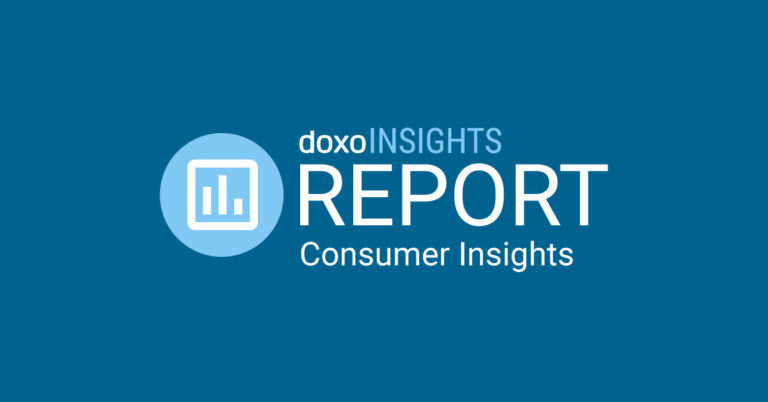Jingle Bill Rock: doxoINSIGHTS Holiday Bill Pay Trends

It’s the most wonderful time of the year – except maybe for our wallets. According to the National Retail Federation, consumers are planning to spend $1,048 on average this season, 4% more than last year. On top of that, of course, are regularly recurring household bills – doxoINSIGHTS shows that the average bundle of bills in the U.S. is $1,024. There’s a lot to consider during the holidays, so we’re unwrapping some of the season’s bill pay trends.
‘Tisn’t The Season for Transit
While our retail spending may be up during the holiday season, one type of bill does get smaller in December. doxoINSIGHTS data shows that people seem to lessen their use of mass transit at the holidays, with a decrease of over 12% in percentage of total bills paid in this category in December, in comparison to the rest of the year. This could simply mean that more people are taking off work this time of year, but also suggests they may be taking other routes like carpooling or remote work to avoid those payments and save money for holiday purchases.
New Phone, Who Dis?
New devices make many holiday wishlists, likely causing mobile phone bills to jump in December. Payment amounts on monthly mobile bills increase by over 11% in December, and then, surprisingly, again in February. Perhaps folks are adding tweens on the family plan and making more phone calls to loved ones at the end of the year, while February brings Valentine’s Day gifts. Nothing says “happy holidays” and “romance” quite like a new device, apparently.
Sleigh Bells + Delayed Bills
What comes after a big holiday shopping season? Paying off the dreaded credit card bill. Though doxoINSIGHTS data finds that most people don’t make it their New Year’s resolution, and delay paying more to credit card bills until February and March. You’re not alone!
Want to see how your bills stack up to others across the country? Check out our analysis of bills across 900 U.S. cities.
